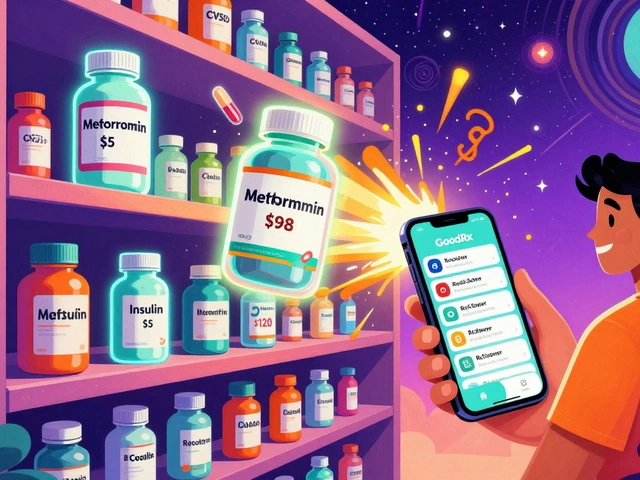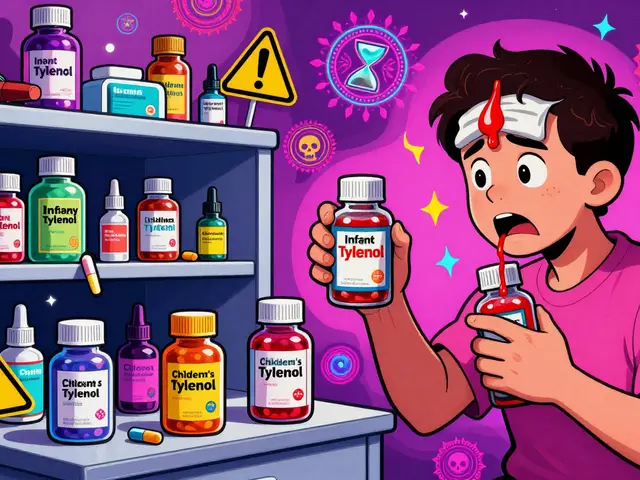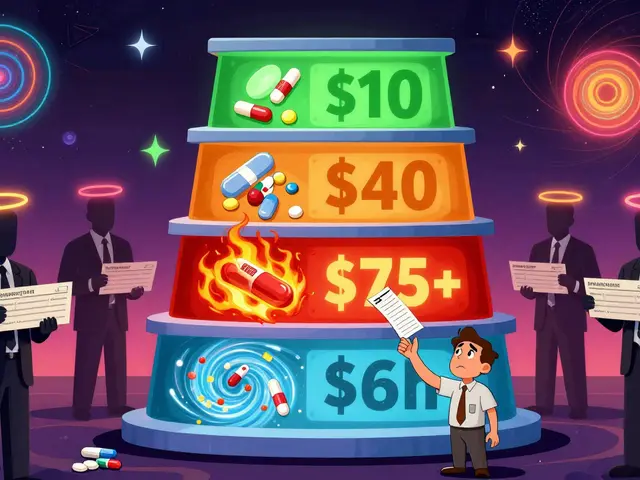Medication effects: what to expect and how to handle them
One pill can help your condition—and also change sleep, appetite, or mood. That’s normal, but it’s confusing when you don’t know what to expect. This page collects practical advice so you can spot helpful effects, unwanted side effects, and risky drug interactions before they become a problem.
Common types of medication effects
Therapeutic effects are the ones you want—the blood pressure drops, pain eases, or cholesterol improves. Side effects are unwanted reactions like nausea, dizziness, or sleep changes. Some effects show up right away (nausea after antibiotics like Bactrim), others develop over weeks (muscle aches on statins such as simvastatin or rosuvastatin), and a few appear only with long-term use (magnesium loss with some PPIs like Nexium).
Interactions happen when two drugs change each other’s strength or safety. For example, mixing certain cholesterol drugs with other meds can raise muscle-risk, and some antidepressants change how fast other drugs are cleared. Supplements and alcohol also change how drugs work—so treat them like medications when you check for interactions.
How to stay safer and track effects
Start with the basics: read the leaflet and ask your pharmacist one simple question—"What should I watch for in the first two weeks?" Write down expected benefits and likely side effects. Use a small daily log or a phone note: time you took the drug, symptoms, and any food or drink that might matter. This makes patterns easy to spot.
Know the red flags. Seek help if you get severe rash, trouble breathing, fainting, sudden chest pain, or signs of liver trouble (dark urine, yellowing skin). For gradual concerns—new muscle pain on a statin or increasing drowsiness on sedatives—call your prescriber to discuss dose changes or tests.
Check drug interactions every time you add a medication, supplement, or even certain foods. Online interaction checkers are useful, but talk to a pharmacist for complex cases—especially with medicines like diazepam, antibiotics, or antiretrovirals (Biktarvy, nevirapine) that commonly interact.
Adjustments are common and okay. Sometimes switching to another drug eases side effects—people swap PPIs, try different statins, or move from one pain med to another. If cost or access is an issue, ask about safe alternatives or pharmacy options that can help you afford treatment without cutting corners.
Finally, keep records. Keep a current list of all your meds (prescription, OTC, vitamins) and take it to appointments. Small habits—logging symptoms, asking targeted questions, and checking interactions—prevent most surprises and help your provider make smarter choices fast.
If you want, click articles tagged here for deeper reads on specific drugs like Zocor (simvastatin), Glucophage (metformin), Nexium, or guides about buying meds safely online. Use what you learn—so your meds do what they should, with fewer headaches along the way.
Meloxicam and Weight Gain: Is There a Connection?
This article explores the potential connection between meloxicam, a nonsteroidal anti-inflammatory drug, and weight gain. We delve into how meloxicam works, its common uses, and possible side effects, including fluctuations in weight. Understanding these aspects can help users be more informed and make better health decisions. We also offer practical tips for managing weight while on this medication.





